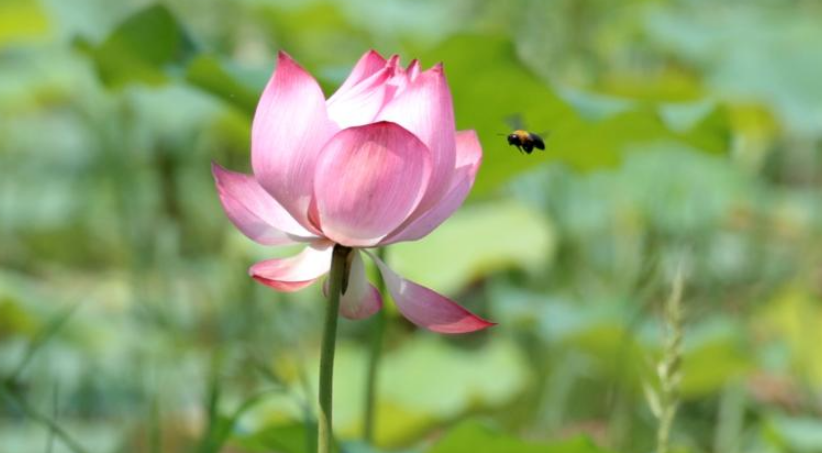Carbon labels promote green cultivation of Aiyuan oranges in SW China’s Sichuan

Photo shows oranges at a supermarket in Pujiang county, southwest China’s Sichuan Province. (Photo courtesy of the publicity department of the Communist Party of China Pujiang county committee)
Zhao Wenhua, a fruit grower, recently applied organic fertilizers and sprayed bio-pesticides for his Aiyuan oranges, renowned as the “queen of oranges,” in Nanfeng village, Pujiang county, southwest China’s Sichuan Province.
“We now use bio-pesticides, which are highly effective and low in toxicity, and lead to low carbon emissions,” Zhao said.
The term “carbon emissions” has become a buzzword among local farmers like Zhao. Last year, his Aiyuan oranges were given “carbon labels” for the first time, which boosted his enthusiasm for cultivation. Zhao said he would grow more orange trees.
According to Zhang Jianping, a customer service manager at a local agricultural cooperative in Pujiang, a “carbon label” is a way for customers to know the amount of carbon emissions put out in the production of a certain product. The label is affixed to the product and quantifies the total amount of greenhouse gas emissions generated through the lifecycle of the product, including raw material acquisition, cultivation, harvesting, packaging, storage, storing, and more.
Aiyuan oranges grown in Pujiang began affixing “carbon labels” in 2023. The oranges emit approximately 0.29 kilogram of carbon dioxide equivalent, nearly half that of a conventionally grown orange, which produces around 0.5 kilogram.
“We hope to encourage more farmers to adopt green, low-carbon cultivation methods and attract more consumers to buy low-carbon agricultural products through Aiyuan orange carbon footprint labeling certification,” Zhang said.
The carbon label is like an internationally recognized “green passport,” which helps Pujiang's Aiyuan oranges expand to a global market, Zhang noted.
Local growers have prioritized using new energy vehicles to transport fertilizers and pesticides during the raw material acquisition phase to reduce carbon emissions, while also utilizing hydroelectricity for irrigation and storage, said Yang Xin, president of the organic industry association in Pujiang.
Meanwhile, the county has promoted organic fertilizers and green pest control methods to replace previously used chemical options.
Beyond using green methods in the growing of the oranges, efforts are also put into reducing emissions through storage and packing using eco-friendly packaging and low-carbon equipment.
The county’s carbon labeling efforts have led to a steady growth in sales of Aiyuan oranges. From October last year to May this year, the cooperative sold 641.5 tonnes of late-maturing citrus fruits, including Aiyuan oranges, and exported 400 tonnes in collaboration with companies in the county, Zhang said.
The exploration of green and low-carbon agricultural development in Pujiang extends beyond just oranges.
In both a kiwi orchard and tea garden, similar measures are being taken to reduce carbon emissions, including the use of green pest control methods.
Last year, Pujiang was recognized as a national pilot zone for green agricultural development. Statistics show that the use of organic fertilizers in the county exceeds 75 percent, while green pest control methods are employed in over 70 percent of major crop production.
Photos
Related Stories
Copyright © 2024 People's Daily Online. All Rights Reserved.









